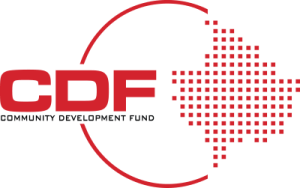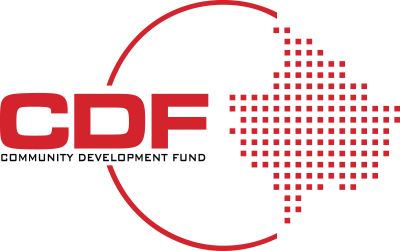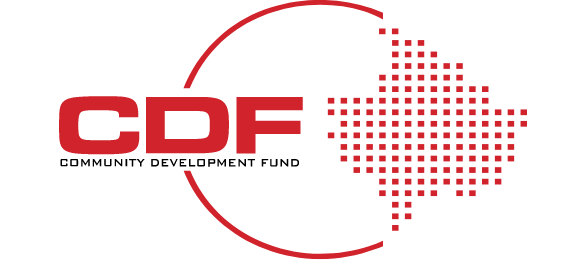For Micro, Small, and Medium-sized Enterprises (MSMEs), the pursuit of growth isn’t merely a goal; it’s an imperative mission that commands an intricate understanding of various growth levers. This guide aspires to offer an in-depth exploration of the quintessential engines of growth: Penetration, Market Expansion, Product Expansion, Diversification, and Acquisition. Each engine is dissected to provide a comprehensive understanding, actionable tactics, and pertinent performance metrics, all contextualized within Kosovo’s unique business environment.
Market Penetration
Market Penetration transcends the superficial levels of market engagement, diving into the psyche of your customer base to amplify your existing footprint. The methodology here employs a multi-faceted approach—ranging from pricing maneuvers, and targeted promotions to advanced customer engagement initiatives.
For instance, a café in Pristina could employ a loyalty program where the tenth cup of coffee is gratuitous, thereby elevating visit frequency. To assess the efficacy of market penetration strategies, one must focus on pivotal KPIs like Customer Lifetime Value (CLTV), purchase frequency, and Net Promoter Score (NPS).
Market Expansion
Market Expansion embodies more than geographical outreach; it encapsulates demographic inclusion as well. This entails taking your existing offerings and introducing them to untapped market segments or locales. A tech enterprise in Pristina, for example, might find fertile grounds for expansion in emerging Kosovar tech hubs like Gjakova or Prizren.
Success metrics in this domain are intrinsically linked to market share accretion in the new segment and return on investment analyses that account for expansion costs against incremental revenue.
Product Expansion
Product Expansion functions akin to a linguistic enrichment, enabling more effective market communication. This might translate into new product features, versions, or even entirely novel products that cater to either existing or new customer demographics. Key metrics include Customer Acquisition Cost (CAC) relative to the Customer Lifetime Value (CLTV) of these new offerings.
For instance, consider a local artisan bakery in Kosovo that initially gained popularity for its traditional breads. To capitalize on its existing customer base and attract a new demographic, it could expand its product line to include gluten-free or vegan options. This not only serves existing health-conscious customers but also attracts those with specific dietary requirements. In terms of metrics, key indicators such as Customer Acquisition Cost (CAC) should be closely monitored. If the bakery finds that introducing these new items draws in a substantial number of new customers at a relatively low acquisition cost, and these customers make repeat purchases, the Customer Lifetime Value (CLTV) would increase, thus indicating a successful product expansion.
Diversification
Diversification is a double-edged sword, fraught with both peril and potential. It necessitates stepping into unfamiliar markets with new product lines. Businesses must conduct rigorous feasibility studies, market analysis, and risk evaluations before venturing into this domain.
Let’s consider a small family-run restaurant in Ferizaj known for its traditional Kosovar cuisine. Suppose this restaurant decides to diversify by opening a small organic produce market next door, sourcing from local farmers. This venture moves the business into an entirely different market of retail food sales, but it’s a strategic fit as it aligns with the restaurant’s focus on high-quality, local ingredients. Moreover, it offers an additional revenue stream that can counterbalance the cyclical nature of restaurant sales.
In terms of legalities, this new venture would require its own set of licenses, inspections, and potentially different tax considerations, aside from the 10% social security contributions for new hires in the market. The metrics to gauge the success of this diversification could include new customer footfall, revenue from the produce market, and how much cross-business the two entities generate for each other.
Success in diversification is gauged not merely by incremental revenue but also through metrics like risk-adjusted ROI, which accounts for the financial and operational risks inherent in the new endeavor.
Acquisition
Acquisition serves as a quantum leap in growth but comes with its unique complexities. Comprehensive due diligence, spanning financial scrutiny, compliance, market reputation, and cultural fit, is non-negotiable.
Imagine a well-established Prishtina-based digital marketing agency that specializes in SEO and social media marketing. To accelerate growth, this agency decides to acquire a smaller local firm specializing in video production and content creation. The acquisition not only broadens the agency’s service offering but also adds a new set of skills and a client base that can benefit from extended services.
The success metrics for this acquisition could include a range of financial and operational KPIs, such as ROI, customer retention rates post-acquisition, and the successful integration of the new team, both culturally and operationally.








